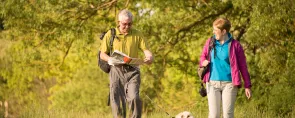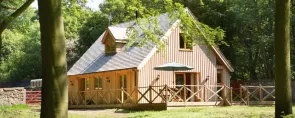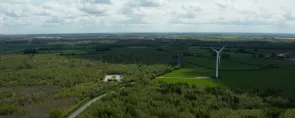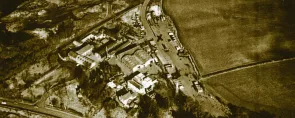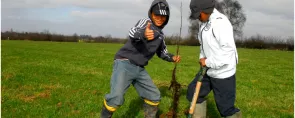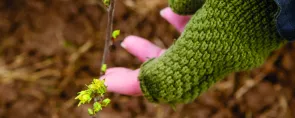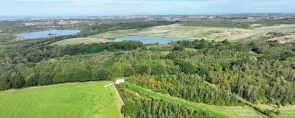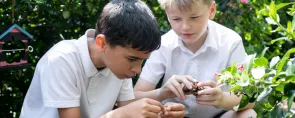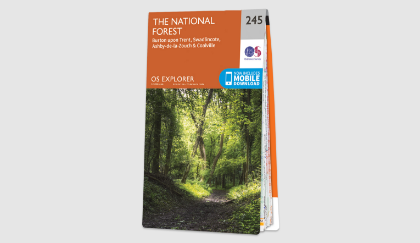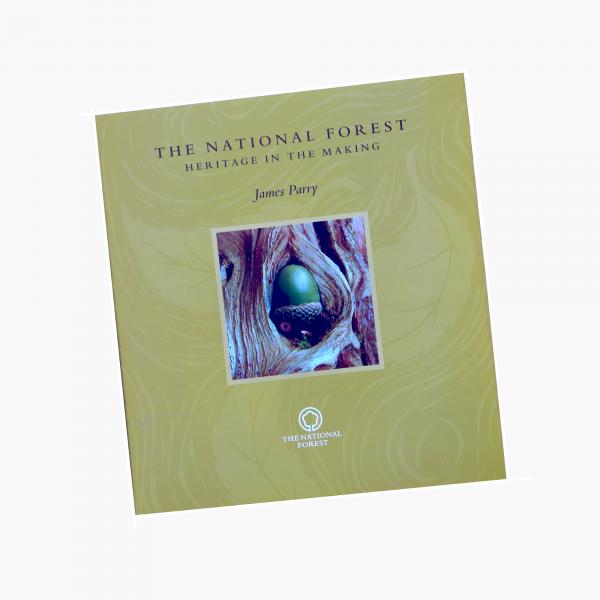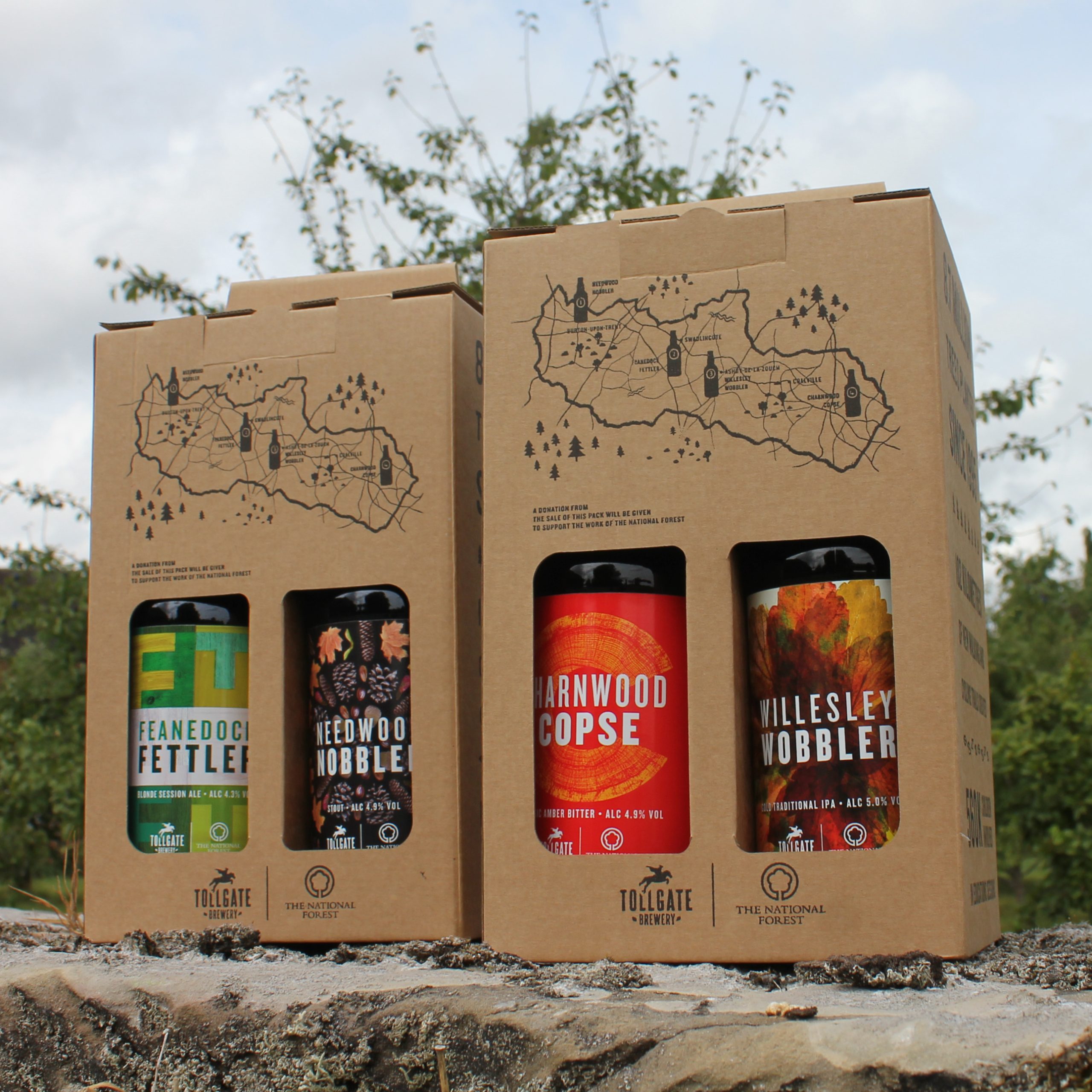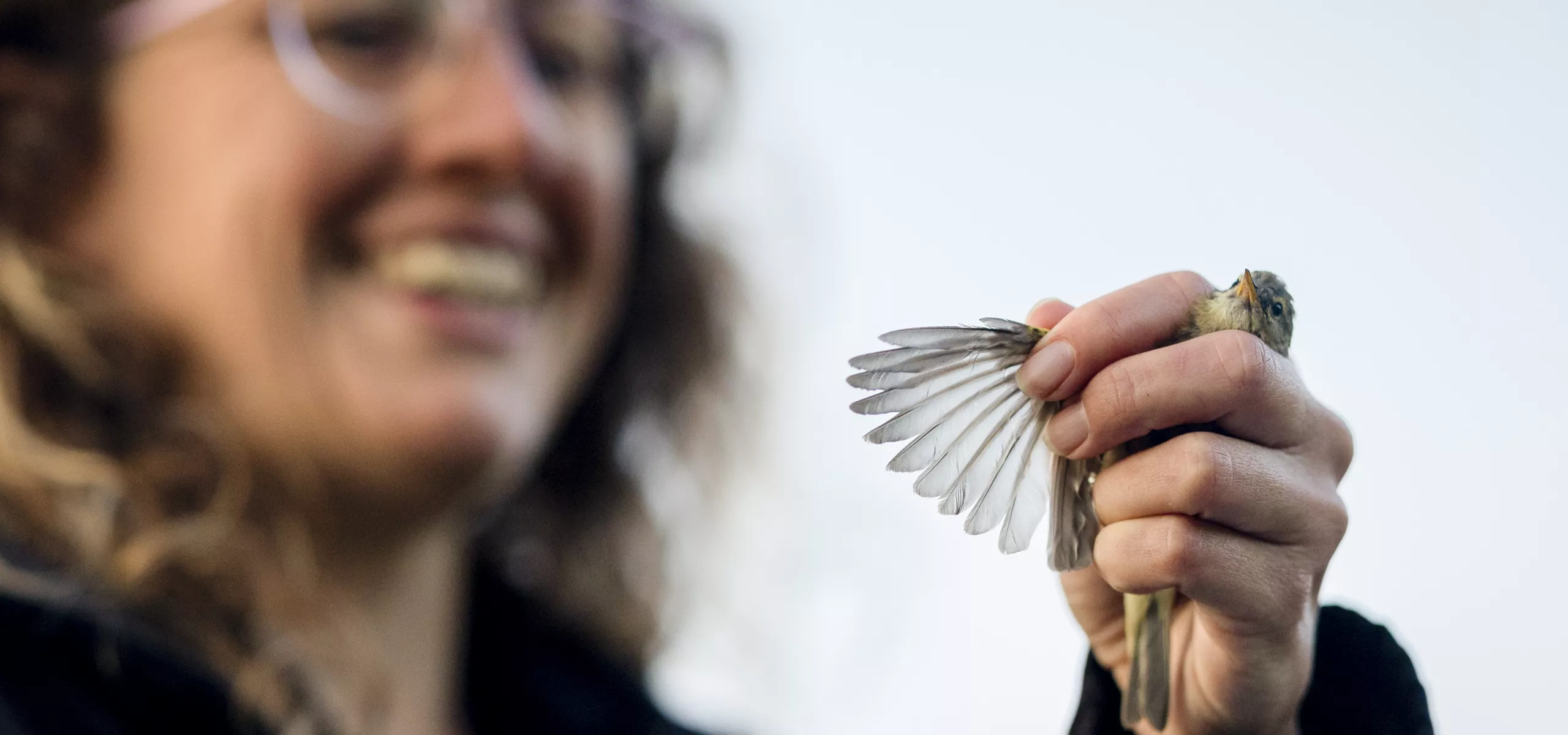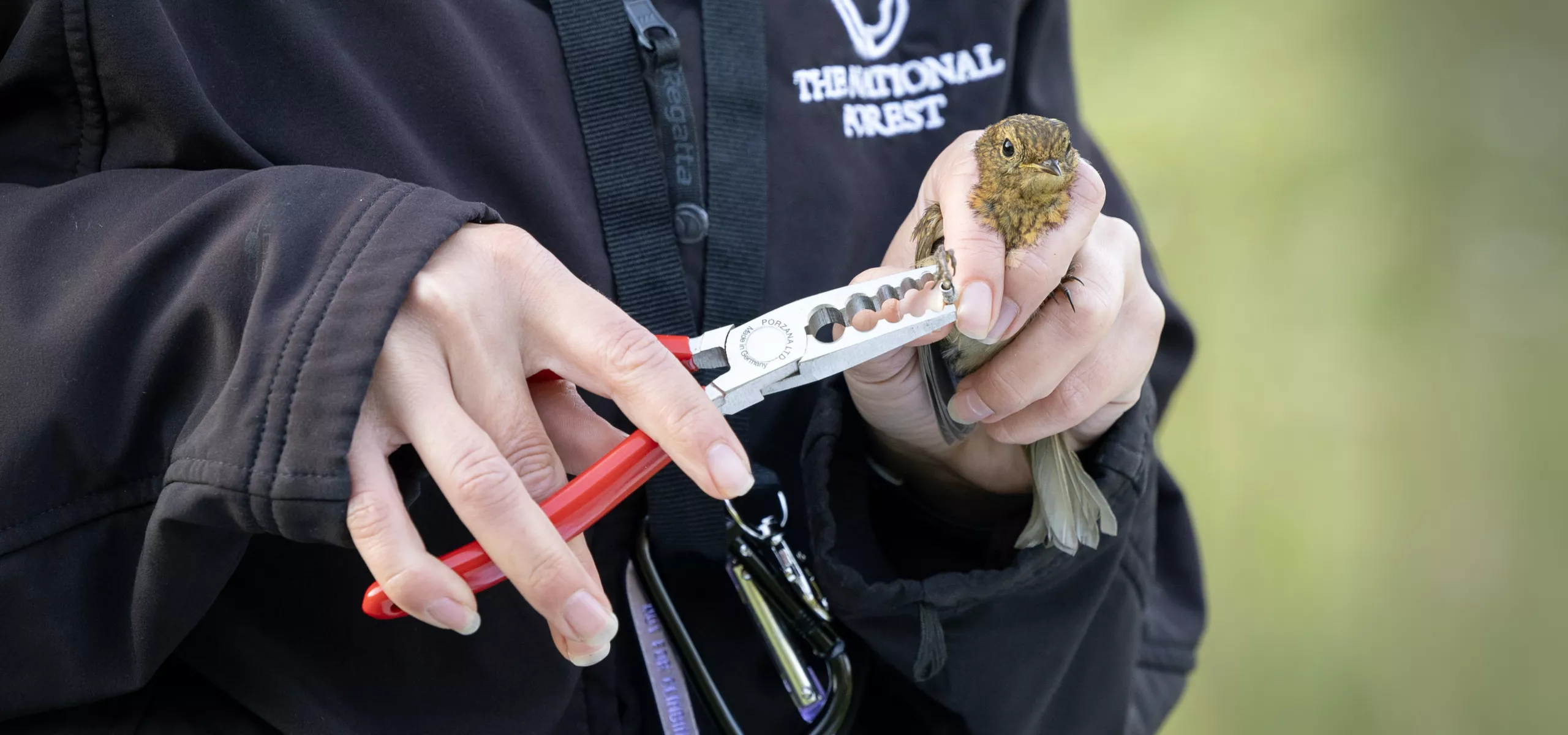This is Minorca. Once an opencast coal mine, the 175-hectare site is now home to more than 213,000 newly planted trees. It’s one of many places across the Forest where post-industrial land has been transformed, creating habitats where wildlife can thrive.
Thirty years ago, this was a just bold idea. Today, the Forest stretches across 200 square miles, connecting ancient woodland, new planting, meadows and wetlands. Over 9.8 million trees have been planted so far — and where once there was extraction, there is now regeneration.
Dr Heather Gilbert, our research and evidence manager, is on site as part of a long-term bird monitoring programme. Licensed by the British Trust for Ornithology, she’s carrying out a survey to better understand how species are responding to these changing landscapes. The technique is called mist-netting — using fine, almost invisible nets to temporarily catch birds as they move through the undergrowth at first light. Each bird is gently assessed, ringed and released, contributing to a national picture of how bird populations are faring.
It’s careful, considered work. Nets are checked regularly to ensure the safety of each bird. And already, signs of change are emerging. This morning, Heather recorded a blackcap — not previously caught at the site — and heard the scratchy call of a whitethroat echoing through the trees. Small details. But important ones.
Across the UK, woodland bird numbers have declined significantly. The Woodland Trust’s most recent State of the UK’s Woods and Trees report shows a 37% drop since 1970 — with a further 15% decline in the last five years alone. Habitat loss, fragmentation and climate change all contribute to this ongoing crisis.
But here in the Forest, the story is different. Bird numbers have increased by 48% over the past three decades. That’s not by chance. It’s the result of deliberate, landscape-scale habitat creation — planting native species like oak, birch, alder and field maple, and designing spaces that support birds, insects, mammals and people alike.
The data gathered through surveys like this helps us understand what’s working. It shows which species are settling, where new arrivals are appearing, and how we can shape our management to support the greatest possible biodiversity. It also reinforces what we already know — that recovery is possible.
Because the Forest isn’t just about trees. It’s about creating places where wildlife can flourish, and where people can connect with nature, heritage and each other. When the final net comes down and the last bird is released, the morning light has spread fully across the site. The sound of machinery has long since faded. In its place, a new rhythm — of birdsong, breeze, and the quiet return of life.
This is the Forest at its most powerful — a national beacon of hope for nature’s recovery, showing what’s possible when people and landscapes come together to build a greener, more sustainable future.
If you'd like to help us continue to support wildlife and create habitats in the National Forest, then find out you can support our work below.

